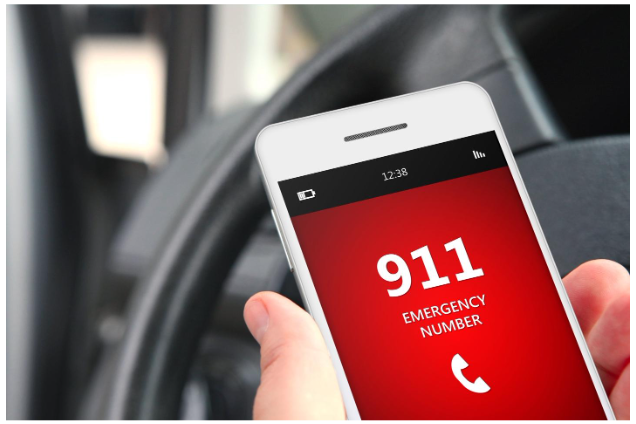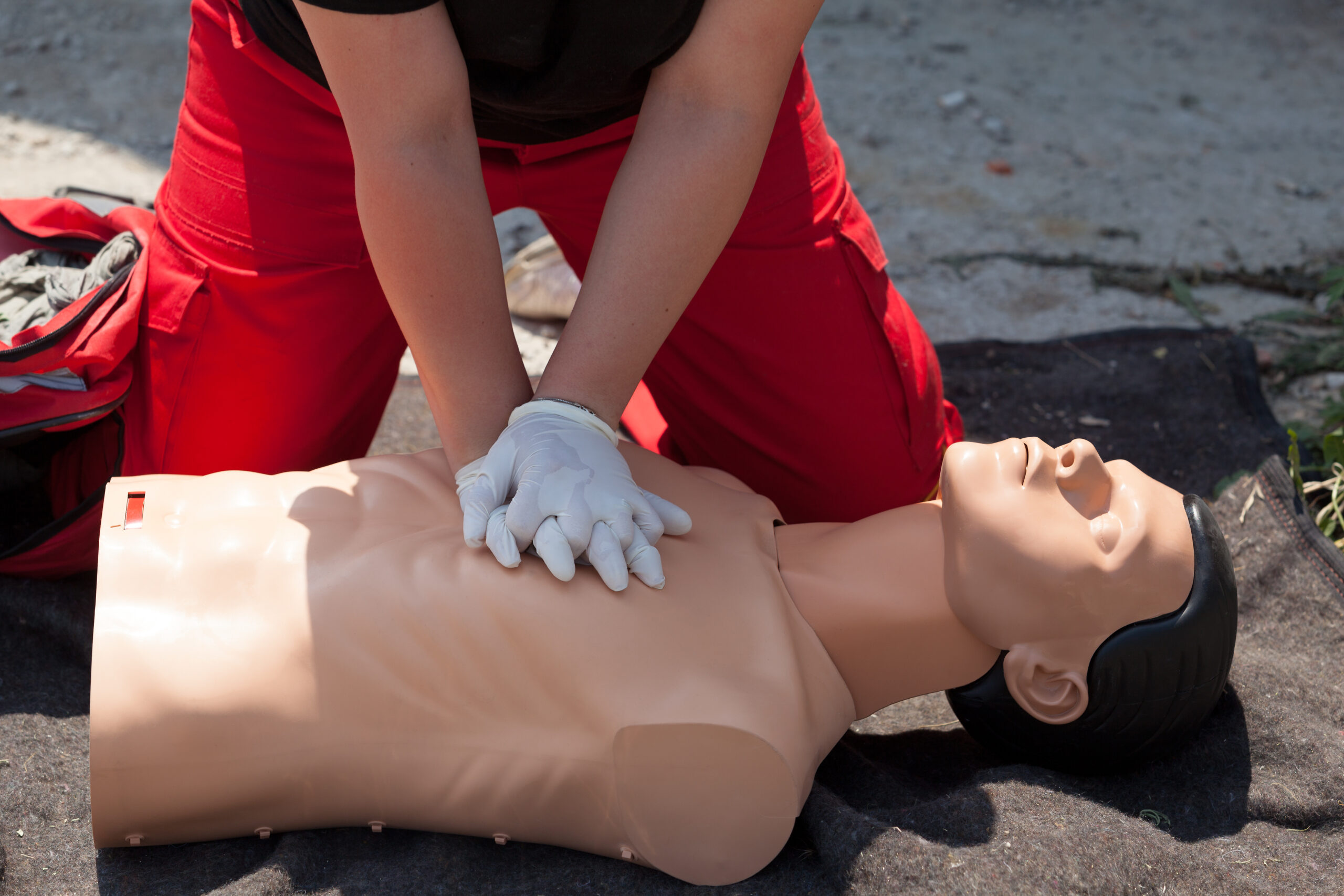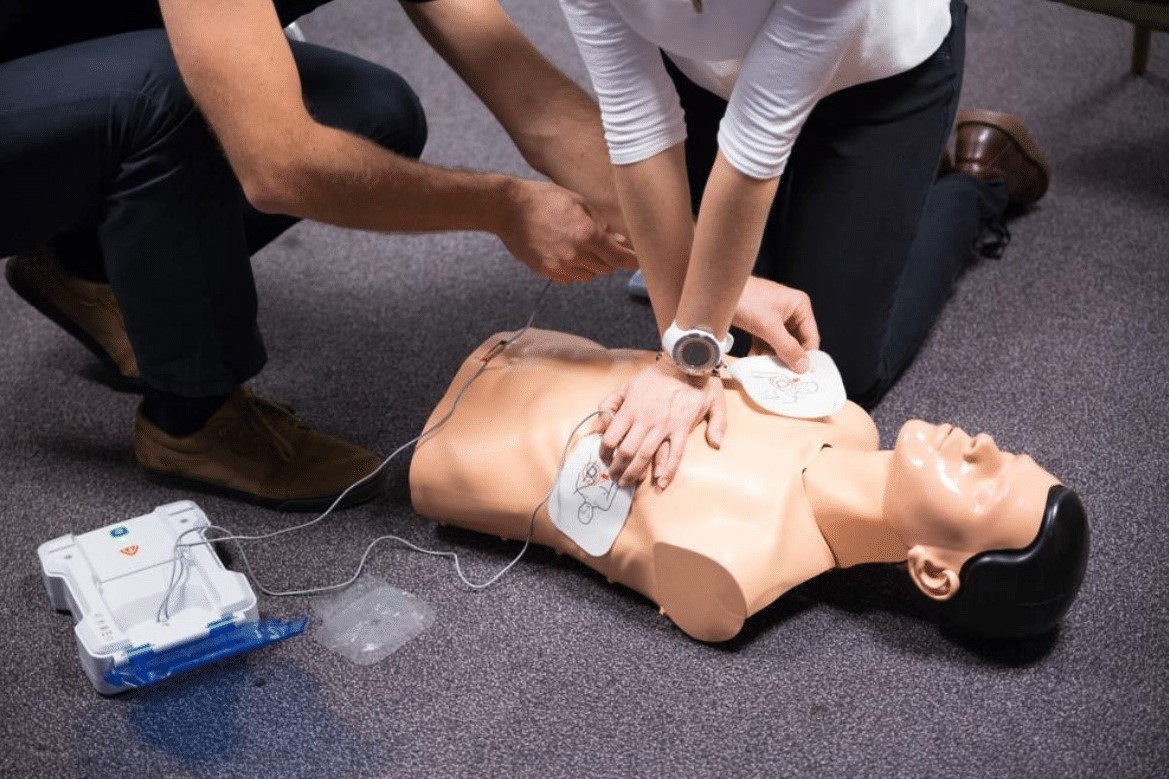Adult BLS
Adult BLS
Short Description
The adult BLS algorithm ensures that an adult patient receives the appropriate care based on their condition.
Algorithm at a Glance
- Ensuring scene safety
- Identifying responsiveness and alerting EMS
- Checking for pulse and respirations
- Performing CPR as needed
- Using an AED when available
Goals for Management
The rescuer must be able to:
- Quickly recognize the need for BLS
- Intervene quickly using rescue breathing (if trained) and high-quality CPR
- Prevent deterioration
The Adult BLS Algorithm
This algorithm was created to outline the steps for assessing and managing the adult presenting with a need for basic life support.
Related Video – Single Rescuer CPR for Adults
Adult BLS Algorithm for Healthcare Providers
Box 1: Ensuring Scene Safety
The rescuer looks around to ensure the environment is safe when tending to an adult in need of assistance. If the scene is not safe, the provider moves the individual to a more secure location. If the area is safe, the rescuer should not attempt to move the person in case of an injury that could worsen with movement.
Box 2: Patient Unresponsive?
The rescuer taps the patient’s shoulder, rubs their sternum, and shouts, “Are you okay?” If the person does not respond, the rescuer calls for help and activates the emergency response system (EMS) using a cell phone, if available. The rescuer can put the dispatcher on speakerphone to facilitate communication. The rescuer sends a bystander to retrieve an AED.

The rescuer activates the emergency response system (EMS) by calling 9-1-1.
Box 3: Determining the Status of Respirations and Pulse
The rescuer takes no more than 10 seconds to look for breathing while checking for a pulse. The rescuer should not mistake gasping for breathing.
Related Video – Understanding Agonal Breathing
If the patient has a pulse and is breathing normally, the rescuer proceeds to Box 4.
If the patient has a pulse and abnormal breathing, they proceed to Box 5.
If the patient has no pulse and no breathing, they proceed to Box 6.
Box 4: Pulse and Normal Breathing
The rescuer continues to monitor the patient’s pulse and respiration until EMS arrives.
Box 5: Pulse and Abnormal Breathing
If the patient is not breathing but has a pulse, the rescuer begins rescue breathing providing 1 breath every 6 seconds. The rescuer checks for a pulse every 2 minutes. If an opioid overdose is suspected and naloxone is available, the rescuer administers the drug. If the patient has no pulse and no breathing at any time, they proceed to Box 6.
Box 6: No Pulse and No Breathing
For a patient with no pulse and no breathing, the rescuer begins high-quality CPR with 30 compressions followed by 2 breaths and continues until the AED arrives. The correct compression rate is 100–120 per minute, at a depth of 5–6 centimeters or 2–2.4 inches, with full chest recoil between compressions to allow the heart chambers to fill.
The rescuer continues CPR until the AED arrives.

High quality CPR consists of compression depth of 2-2.4 inches, compression rate of 100 -120 per minute, and full chest recoil.
Box 7: AED/Defibrillator Available
When the AED arrives, the rescuer opens the unit and follows the verbal instructions, attaching the pads per the diagram on the AED.

Rescuers place AED pads on the patient’s chest.
Box 8: Shockable Rhythm?
The rescuer pauses compressions and allows the AED to analyze the heart rhythm.
If the AED determines that the rhythm is not shockable, the rescuer proceeds to Box 9.
If the AED determines that the rhythm is shockable, they proceed to Box 10.
Box 9: CPR Resumes
If the AED discerns a nonshockable rhythm, the rescuer immediately resumes high-quality CPR until the AED advises to stop for a rhythm check.
Box 10: Shock is Administered
If the AED determines that the rhythm is shockable, it will instruct the rescuer to deliver a shock. The rescuer prepares by ensuring that no one is touching the patient. When everyone is clear, the rescuer pushes the shock button on the AED. Following the shock, the rescuer continues high-quality CPR until the AED prompts to stop for another rhythm check. The rescuer follows the instructions from the AED until the patient moves or EMS arrives.